8 Reasons Why your Houseplant is Dead
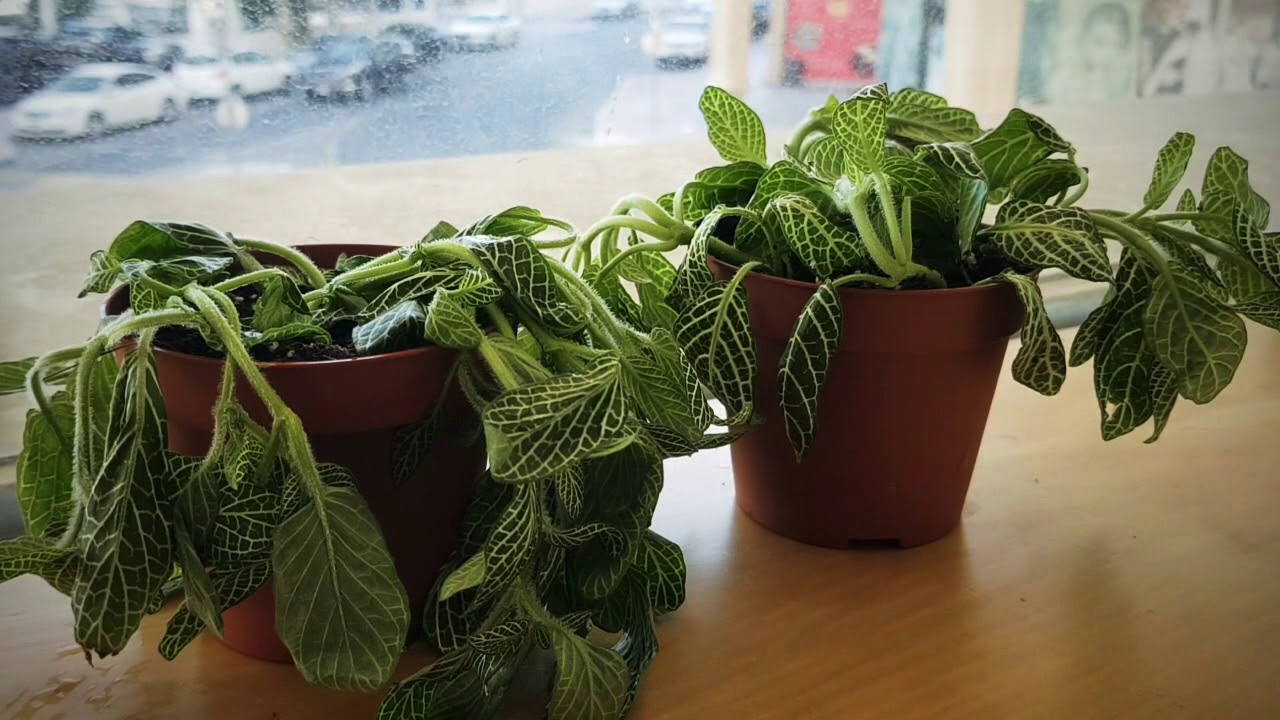
No one sets out to kill a houseplant, yet most dead houseplants were killed by kindness. Gardening indoors is an artificial climate and all plants will need a period of adjustment. Expect to see a few leaves drop at first.
The best thing you can do for indoor plants is to learn something about their growing conditions and provide as close to those conditions as possible. If you see a problem developing, take action quickly.
Here are some surefire ways to kill your houseplants.
1. Overwatering
The number one killer of houseplants is overwatering, which leads to root rot. Don’t let your plants sit in water, and don’t automatically water all your houseplants on a schedule.
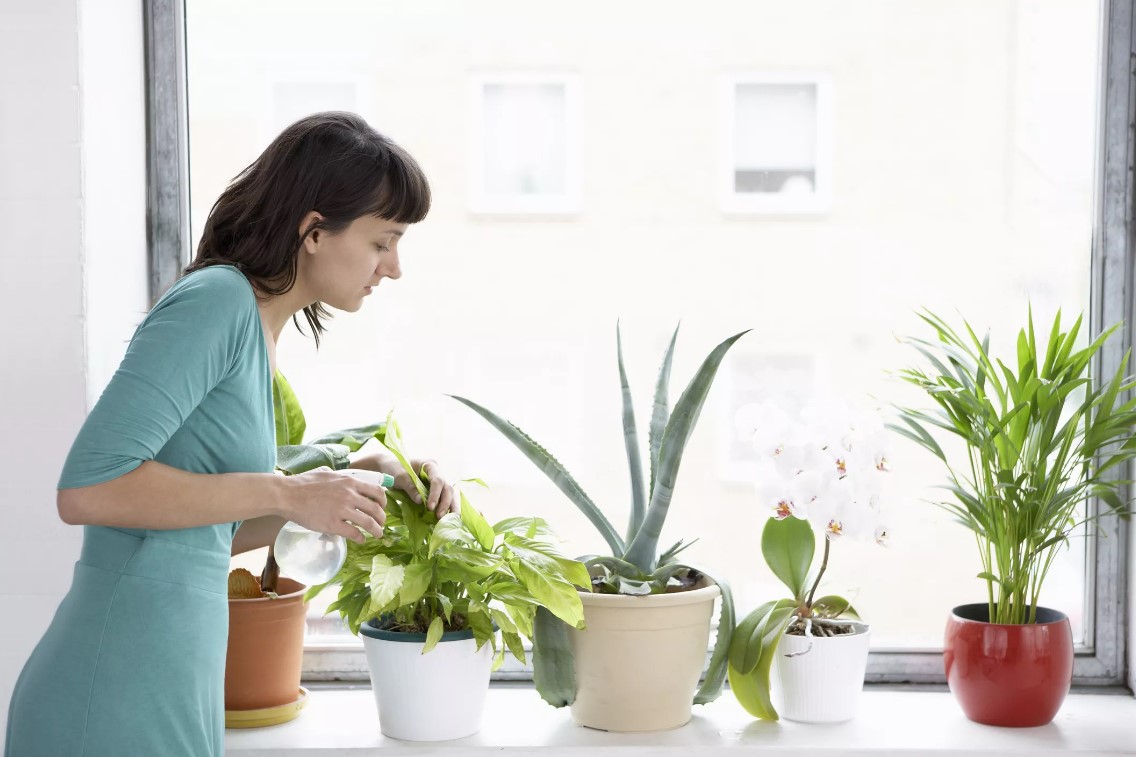
2. Low Humidity
We’ve all seen what low humidity can do to our skin. Well, lack of humidity does in a great many indoor plants, too, especially during the winter. When the heat comes on, the humidity in your house can take a huge dip. Just imagine what a change that is for a plant that was living outdoors, a few weeks earlier. You may first notice the problem as browning leaf tips.
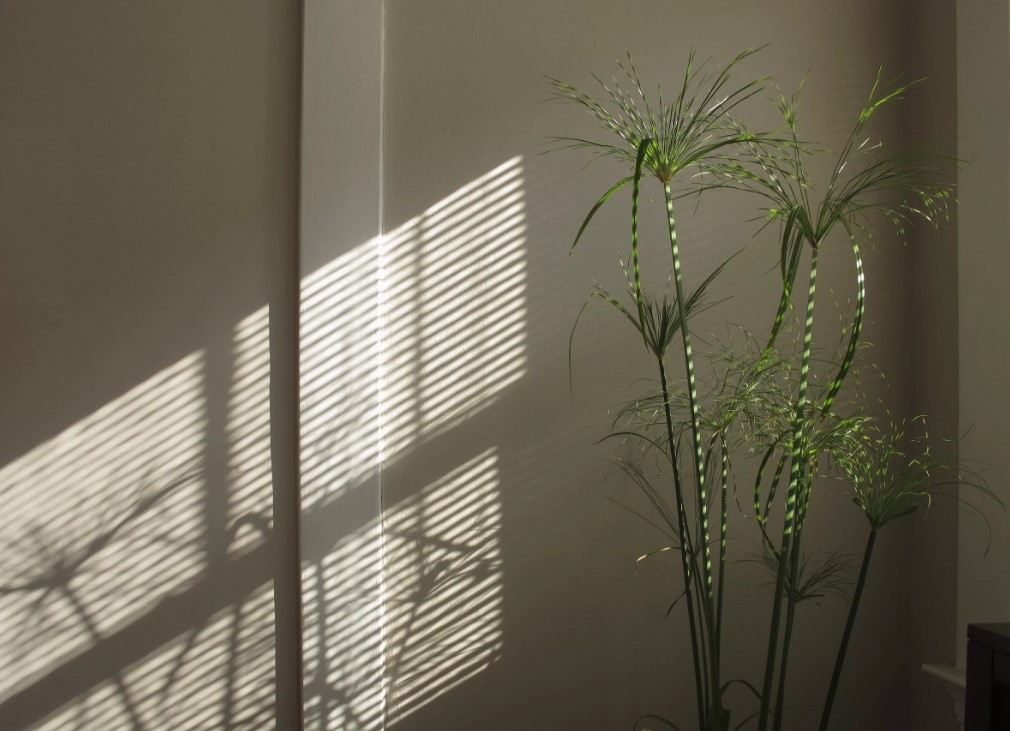
3. Insufficient Light
Plants that are not getting as much light as they need will look pale, rather than a healthy green and new growth is spindly, as it reaches for the sun. You may also notice that the new leaves are smaller than usual.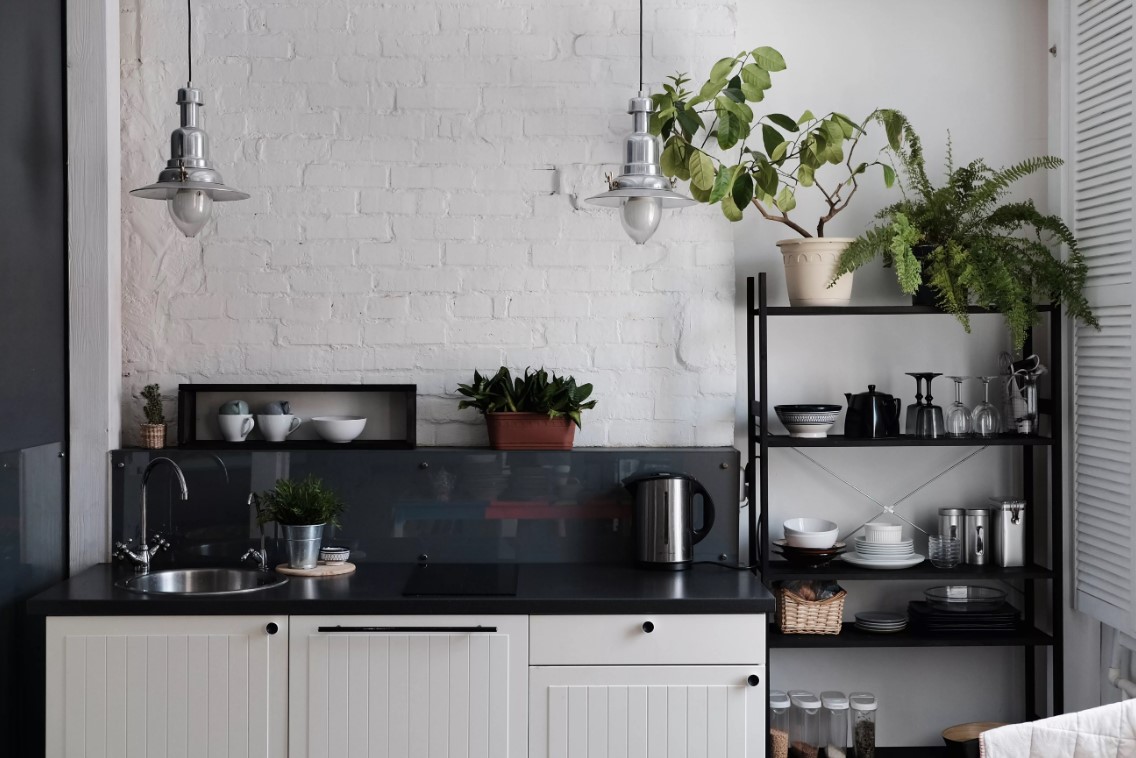
4. Exposure to Direct Heat
Placing your houseplant near a direct source of heat such as a radiator or duct, will not only fry your plant but also speed up dehydration. Some locations are obviously bad, but sometimes choices are limited.

5. Improper Watering and Salt Buildup
Giving your potted plants just enough water so the soil gets wet but is never allowed to drain can lead to salt buildup which can inhibit the growth of your houseplants. You may not notice it until you start to see whitish crust on the soil or sides of the pot.
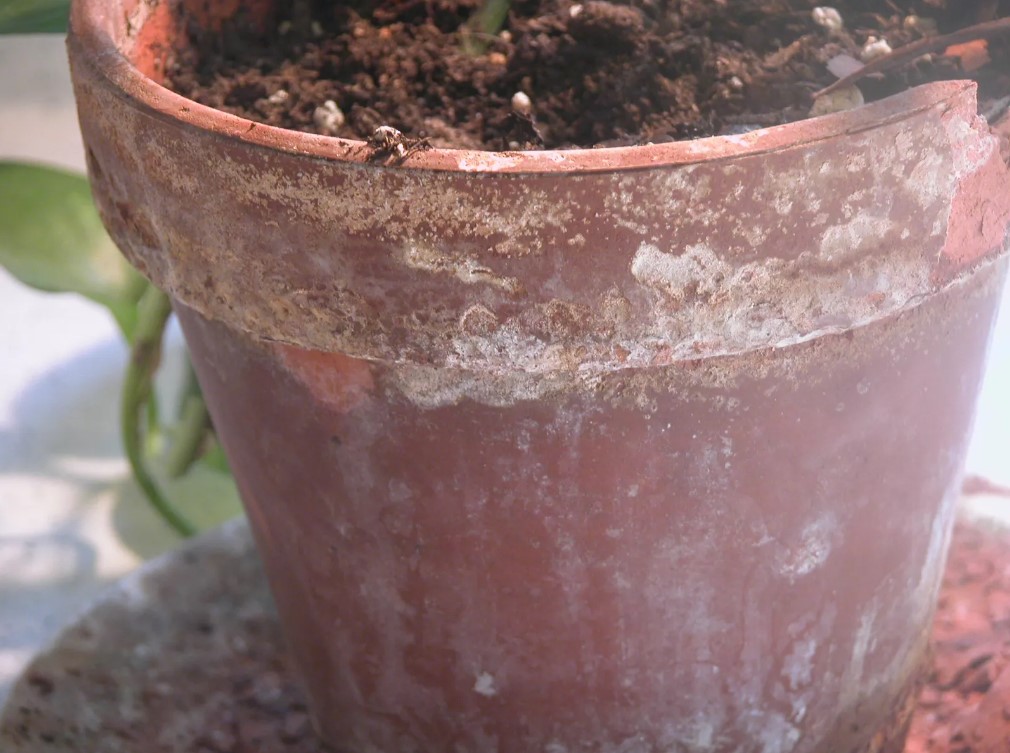
6. Ignoring Pest Problems
Indoor pests multiply quickly. There are no natural predators to keep them in check, so you have to be very diligent about checking for symptoms. Spider mites, aphids, mealybugs, and scale can cover a plant in days. If severe enough, the plant may never recover.
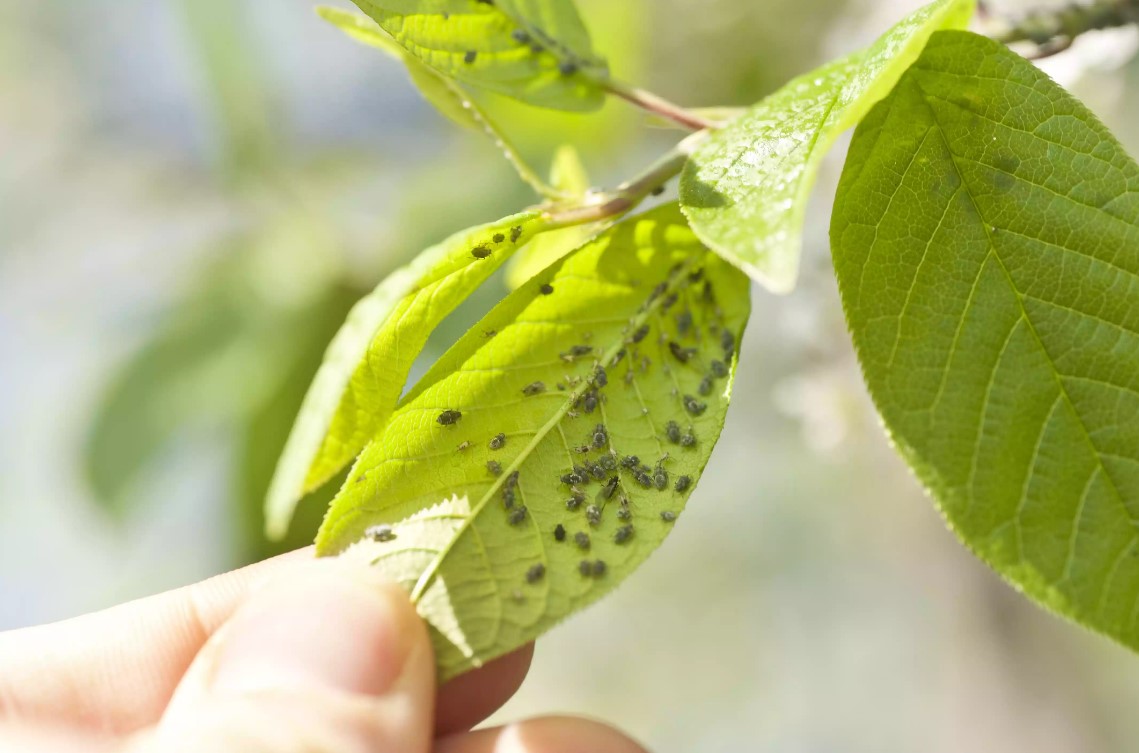
7. Exposure to Drafts
Placing an indoor plant, especially a tropical or blooming plant, near a frequently opened door to the outside or too close to a window with limited insulation will have the same effect as leaving the plant unprotected outside.
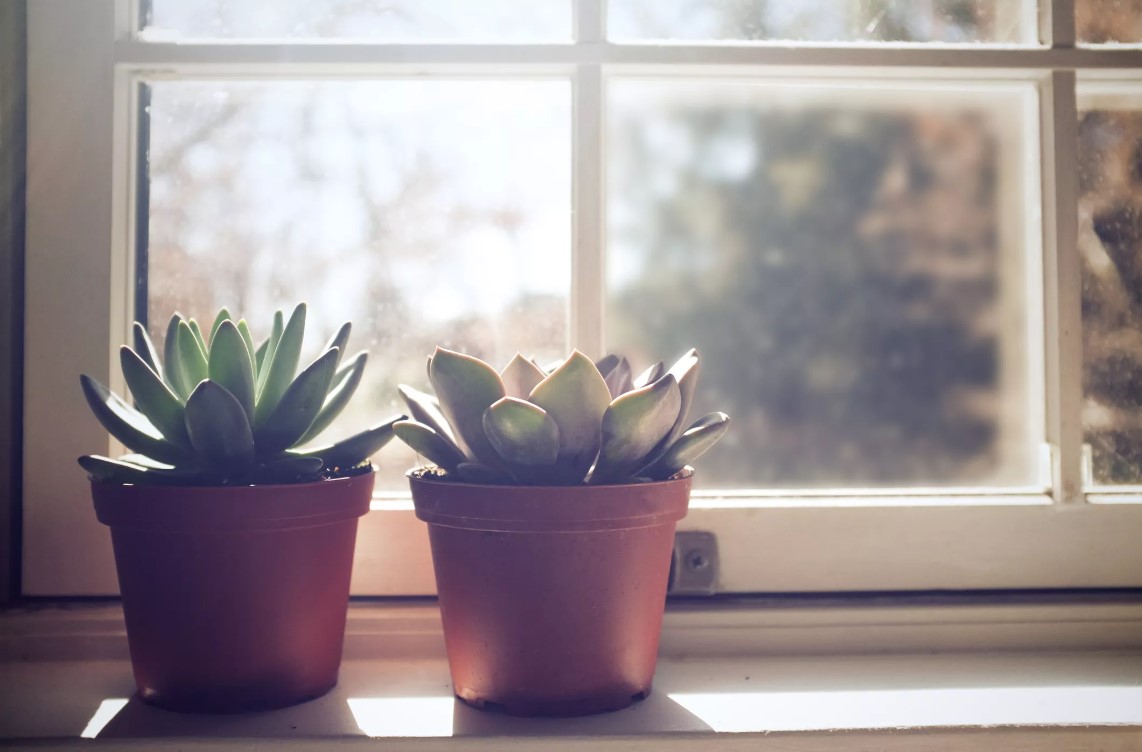
8. Allow It to Become Pot Bound
When a plant outgrows its pot, the roots circle inside the pot and start to restrict themselves. Pot bound plants often seem to dry out more quickly than normal, because the ratio of roots to the soil is too large.

Website: www.thespruce.com